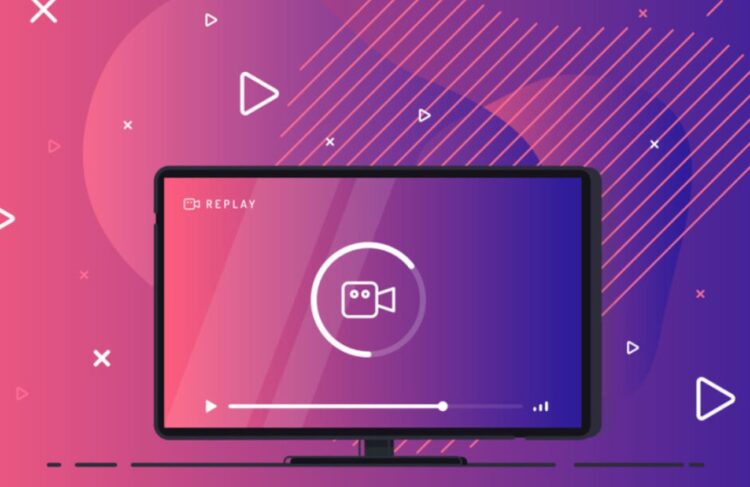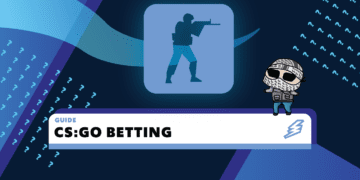Live real-time is the conveyance of video or sound information to a group of people over the Web as the information is made.
Streaming is the technique for information transmission utilized when somebody watches video on the Web. It is an approach to convey a video document a tad at a time, often from a distant stockpiling area. By communicating a couple of moments of the record at a time over the web, customer gadgets don’t need to download the whole video prior to beginning to play it.
Live real-time is the point at which the transferred video is sent throughout the Web continuously, without first being recorded and put away. Today, Transmissions, computer game transfers, and web-based media video would all be able to be live-streamed.
Consider the contrast between ordinary streaming and live spilling as the distinction between an entertainer recounting a retained discourse and extemporizing a discourse. In the previous, the substance is made heretofore, put away, and afterward handed-off to the crowd. In the last mentioned, the crowd gets the substance in the very second that the entertainer makes it – much the same as in live streaming.
According to schmittat.uk Videoconferencing advancements like Skype, FaceTime, and Google Home bases Meet work on constant correspondence (RTC) conventions as opposed to the conventions utilized by one-to-many live stream communications.

How does live streaming work on a specialized level?
These are the fundamental advances that happen in the background in a live stream:
- Segmentation
- Compression
- Encoding
- Content conveyance organization (CDN) dispersion
- CDN reserving
- Decoding
- Video playback
Video catch
Live real time begins with crude video information: the visual data caught by a camera. Inside the figuring gadget to which the camera is connected, this visual data is spoken to as computerized information – as such, 1s and 0s at the most profound level.

Division
Video incorporates a ton of advanced data, which is the reason it takes more time to download a video document than to download a short PDF or a picture. Since it would not be reasonable to send all the video information out over the Web immediately, real time video is partitioned into more modest fragments a couple of moments long.
Pressure and encoding
Next, the portioned video information is compacted and encoded. The information is compacted by eliminating repetitive visual data. For instance, if the main edge of the video shows an individual talking against a dim foundation, the dim foundation doesn’t have to deliver for any resulting outlines that have a similar foundation.
Consider video pressure resembling adding a bit of new furniture to a family room. It isn’t important to purchase altogether new furniture each time another seat or side table is added. Rather it is conceivable to keep the room design generally the equivalent and change out only each piece in turn, periodically making bigger modifications as important. Essentially, few out of every odd edge of a video transfer should be delivered altogether – simply the parts that change from casing to outline, for example, the development of an individual’s mouth.
“Encoding” alludes to the way toward changing over information into another arrangement. Live real time video information is encoded into an interpretable computerized design that a wide assortment of gadgets perceive. Normal video encoding principles include:
- H.264
- VP9
- AV1
- HEVC

CDN circulation and storing
When the live stream has been divided, compacted, and encoded (all of which just requires a couple of moments), it should be made accessible to the handfuls or a great many watchers who need to watch it. To keep up high caliber with negligible idleness while serving the stream to various watchers in various areas, a CDN ought to appropriate it.
A CDN is a dispersed organization of workers that store and serve content in the interest of an inception worker. Utilizing a CDN brings about quicker execution, since client demands presently don’t need to head out right to the inception worker yet can rather be taken care of by a close by CDN worker. Taking care of solicitations and conveying content thusly likewise lessens the birthplace worker’s remaining task at hand. At long last, CDNs make it conceivable to effectively serve substance to clients around the globe in light of the fact that their workers are found everywhere on the world rather than bunched in a solitary geographic region.
A CDN will likewise store – incidentally save – each fragment of the live stream, so most watchers will get the live stream from the CDN reserve rather than from the root worker. This really makes the live stream nearer to continuous despite the fact that the reserved information is a couple of moments behind, on the grounds that it eliminates full circle time (RTT) to and from the inception worker.
Disentangling and video playback
The CDN sends the live stream out to all the clients who are watching the stream. Every client’s gadget gets, disentangles, and decompresses the sectioned video information. At long last, a media player on the client’s gadget – either a devoted application or a video player inside the program – deciphers the information as visual data, and the video plays.

Worldwide substance conveyance: In light of the fact that CDNs are dispersed all around the globe, they can convey substance to a worldwide crowd. A starting point worker in New York can’t successfully serve substance to a crowd of people in Milan, and this is particularly the situation with weighty substance like video. Notwithstanding, a CDN can advance and serve content from any point on its organization, with the goal that an individual in Milan watching a live stream from New York can get the stream from a worker in Milan as opposed to hanging tight for it to stack right from New York.





